There is also a plan with an airline ticket.
Nisshin Kikinzoku: Advancing the craftmanship of Tokyo Silverware
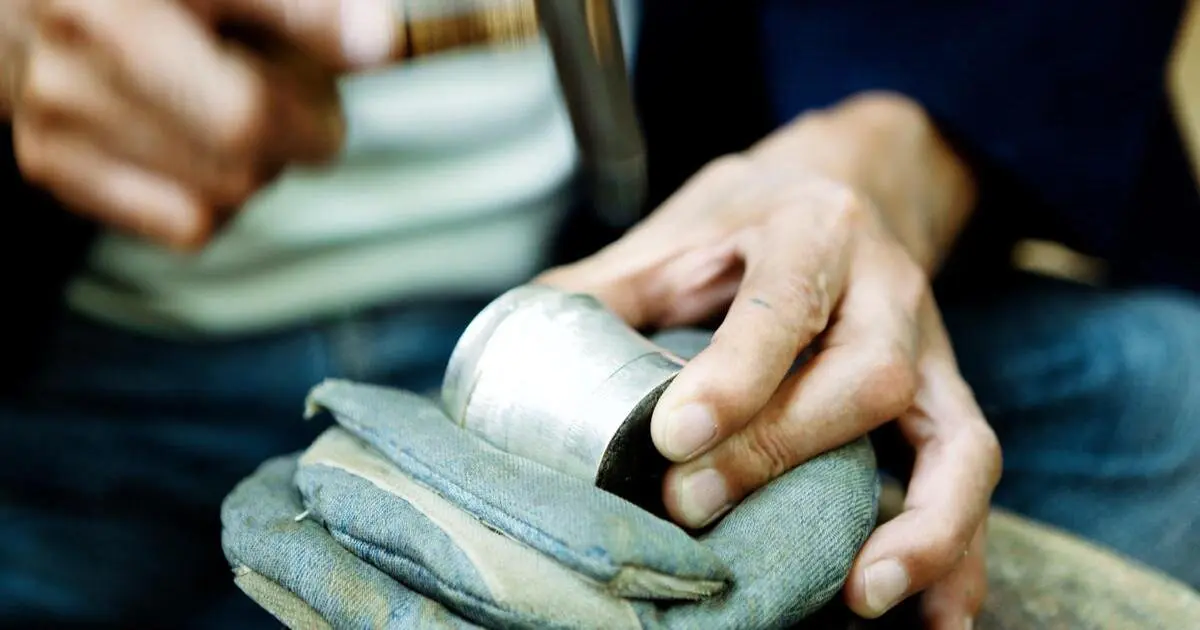
--You two are both craftsmen in the traditional craft of "Tokyo Silverware". Tell us about your studio and the history of the craft.
(Souhaku Kamikawa (SH), craftsman of Nisshin Kikinzoku) During the late Edo period, around 1700 when the economic strength of merchants grew strong, the Edo Shogunate created what became known as "Ginza" -- an organization for minting silver coins. Gold and silver collected all over Japan started to gather in Edo. Craftsmen from throughout Japan began to gather there too, which led to ordinary citizens wearing decorative accessories made of silver and gold. This is how Tokyo Silverware was cultivated as a craft, and how our predecessors started this business.
Our studio started as "Kamikawa Seisakusho" from my grandfather's generation. The name "Nisshin Kikinzoku" was decided on during my grandparents' generation. The sentiment behind the name is imbued in the Japanese characters which mean: "As the days pass, we constantly advance." Although the future is important, I think that it is important to keep pace as a craftsman. By working hard on each step, day in day out, you accumulate everything you need to do in future. I am very grateful that they decided on this name.
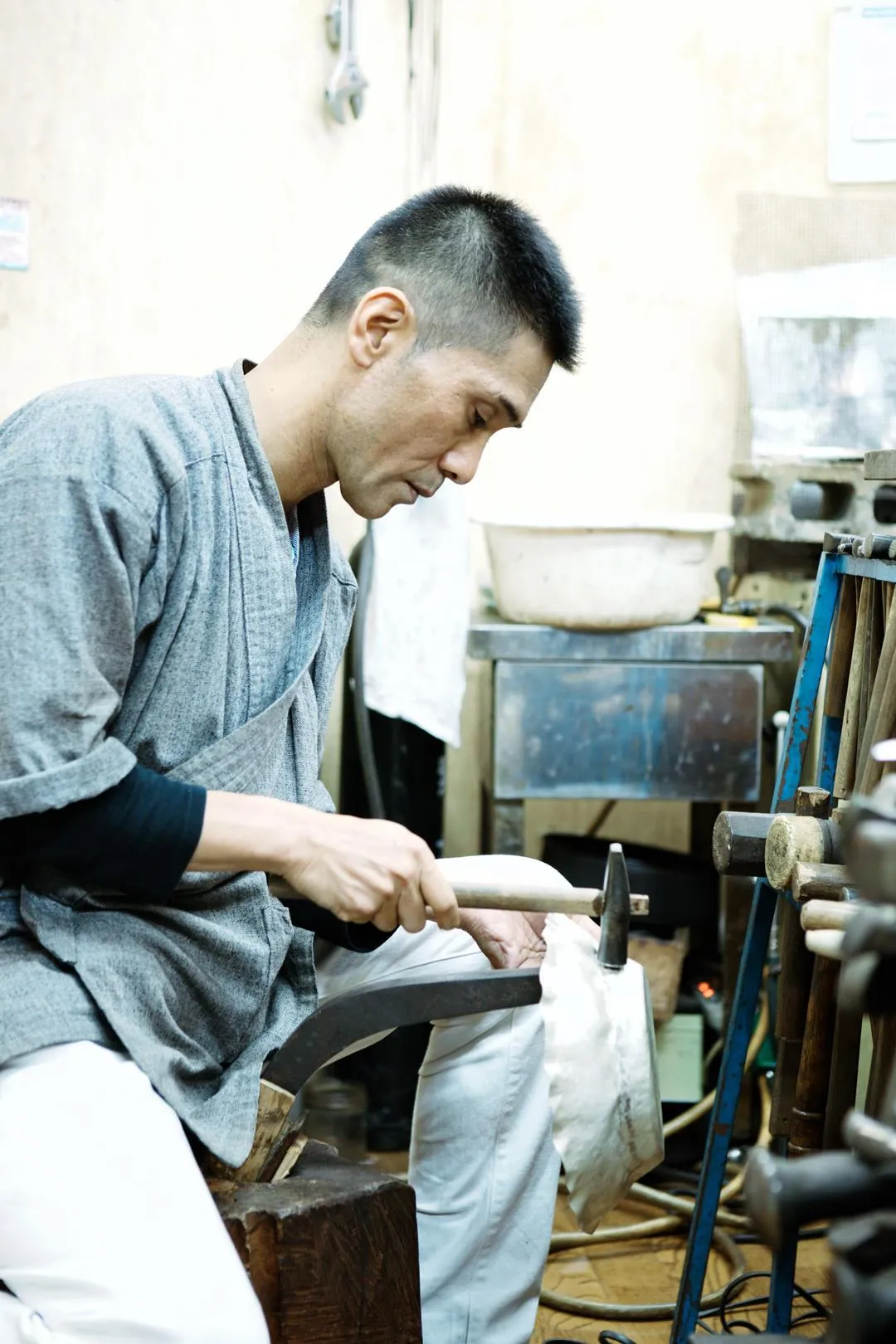
--Mr. Soushou, did you have any hesitation about inheriting your family business?
(Soushou Kamikawa (SS), second generation of Nisshin Kikinzoku) It was such a natural thing for me to take on the business. My family brought me up that way. I did exactly what they did, I copied their way of crafting. There were many other artisans in the industry, back then it was not a rarity at all like nowadays.
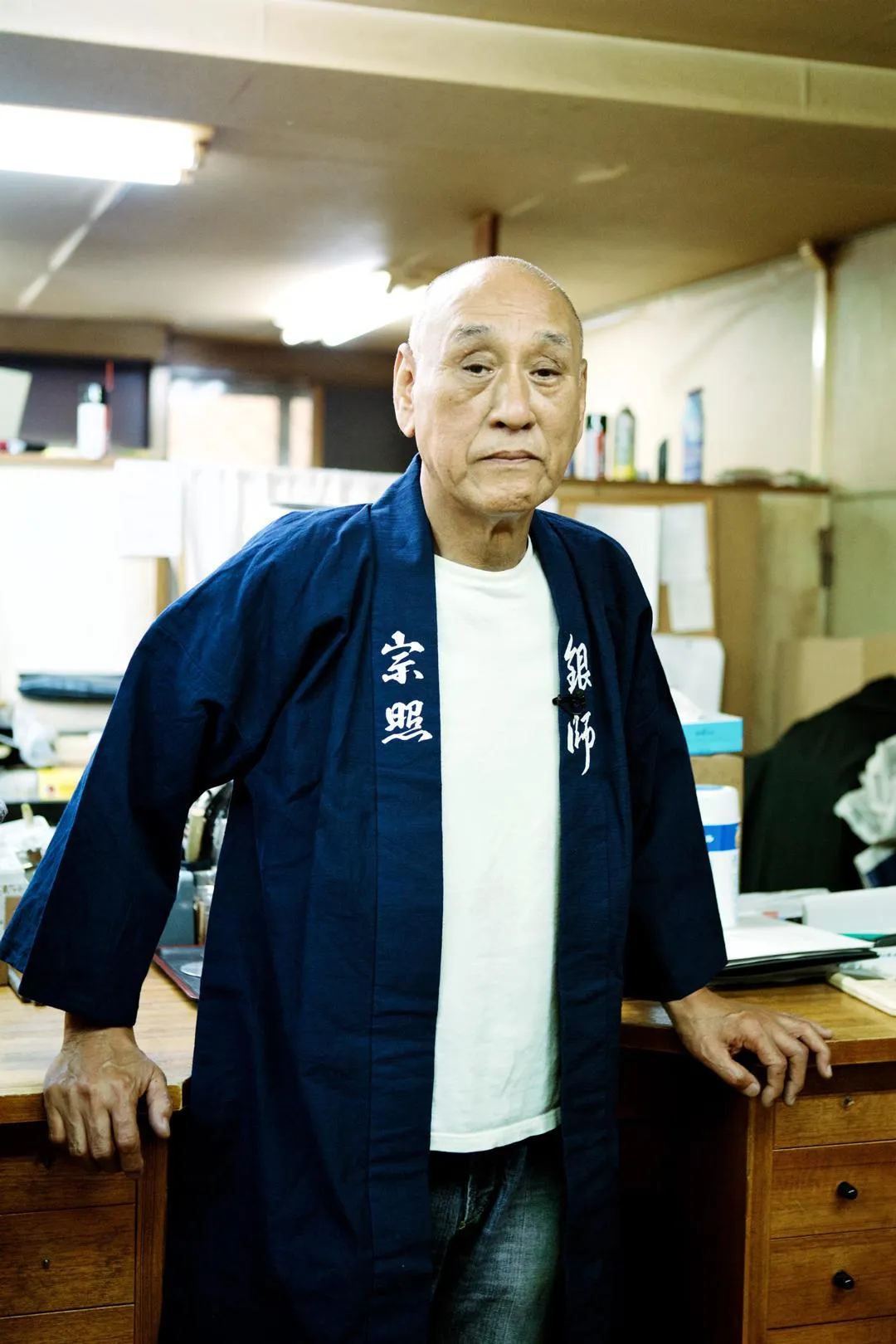
SH: During my grandfather's age, nearly 300 artisans were registered in the Silverware Guild. This was because each crafting process was divided, thus many people were involved in the making of one product.
As the industry changed it became hard to inherit businesses, now we have only less than 10% of the artisans we once had. This means that there is not enough work around to divide the crafting process. Craftsmen's manufacturing tools are decreasing too. I am making an effort to learn from the elderly craftsmen who survived the high economic growth, adapting their way to modern style.
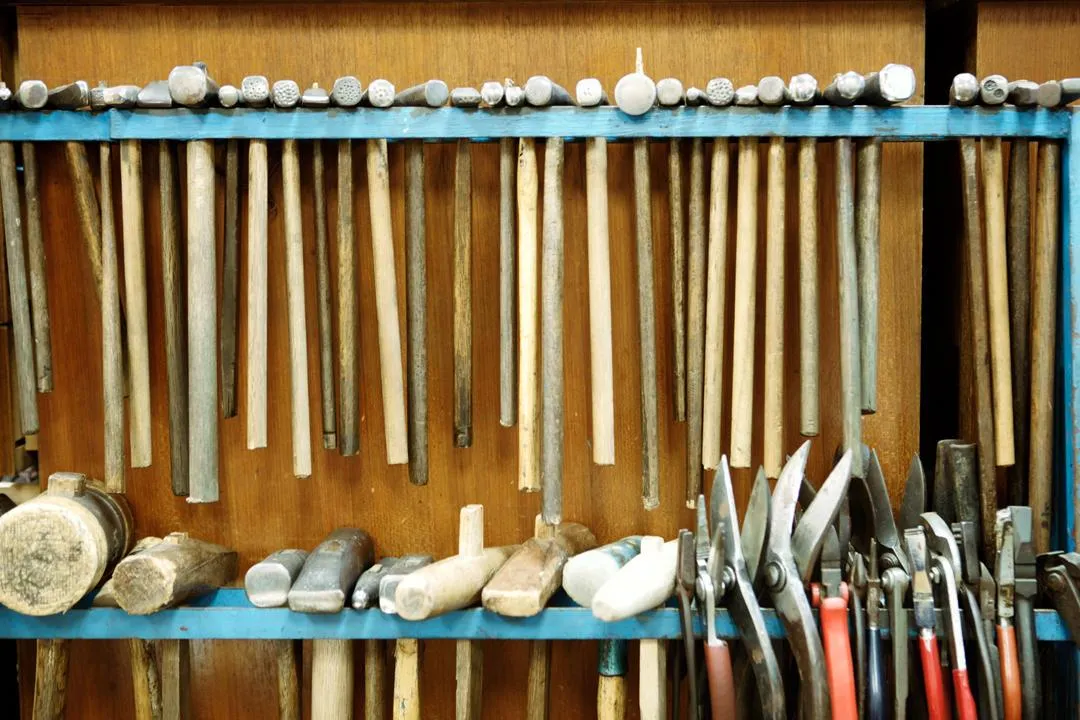
--Do you recognize or become conscious of anything in particular during the rapid change of this the industry?
SH: During my grandfather's age, there was an implicit idea that silver should not be combined with other materials, because it would lose its quality. Now, we can design products that are much more flexible, using the addition of other materials.
For example, silverware has high thermal conductivity, so you could hurt yourself when touching it while it is still hot. To solve this problem, we made a silver cup with ceramic exterior, so you don't have to mind the temperature. We are making a new standard for traditional craft, but also have in mind that standards will change within the next century. We are just proposing what may come next.

SS: Although we must pass on the work of making silver utensils for generations, that alone is not sustainable. These products may sell now, but there is no guarantee that they will continue to sell in 50 years time. It's important to create products that meet our customers' needs. We would be in trouble if we did not have skills and techniques to do this. So we need to cultivate our technical strength to provide service fitting to this era.
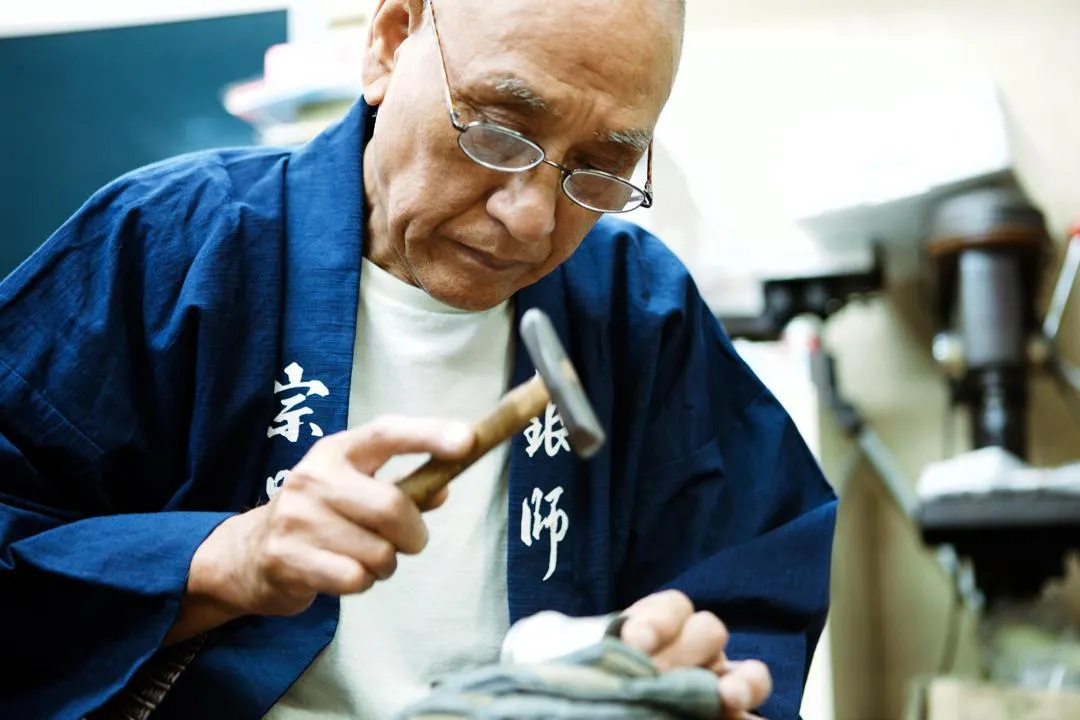
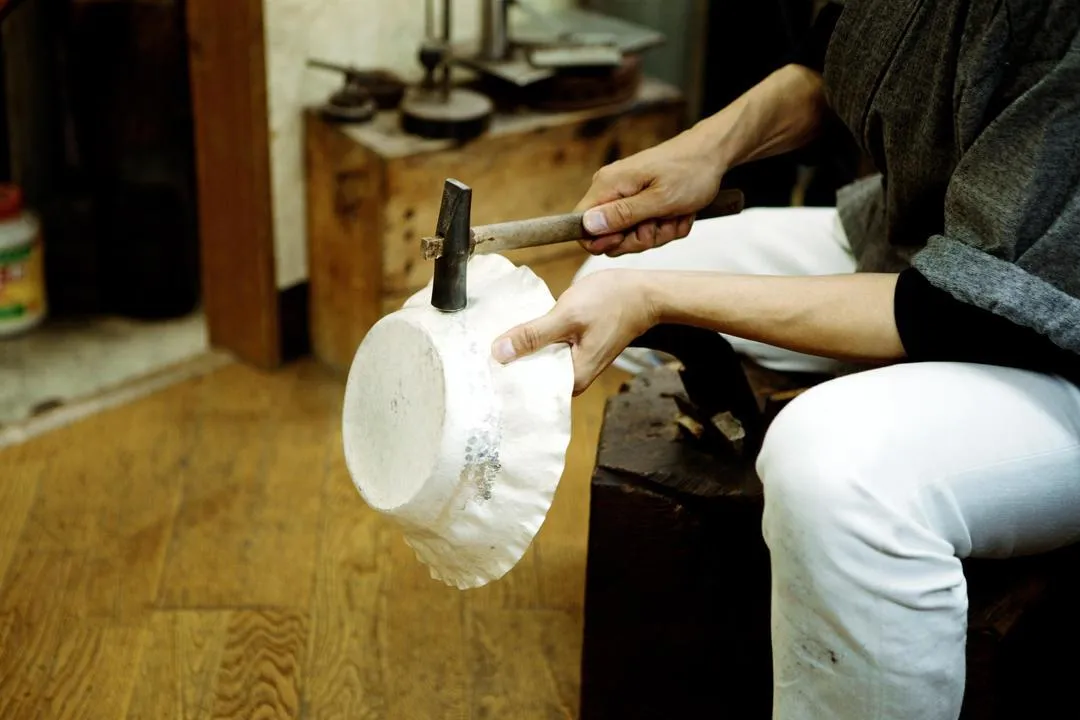
--When do you feel your craft's value?
SS: We feel the worth of what we are doing when we see our customers happy. In the past, we couldn't see the faces of our customers at all. The merchants said, "You will just make the product and deliver it," and they blocked us from that interaction. Now is an age where we can see our customers' faces.
--You hold workshop events and other educational programs to enable the public to experience Tokyo Silverware. Tell us about that.
SH: I think that unless we have hands-on experiences where people can experience the craft themselves, we will not be able to communicate it. Like when people experience polishing themselves, they are surprised and exclaim, "You can make it shine that much? That's lovely." We handcraft each of our patterns, one by one with feeling, that is what makes people love our products and want to use them with great care. I actually learned how very important this interaction is from all of you. We would like you all to have the chance to experience the place and the materials we offer through this experience classroom.
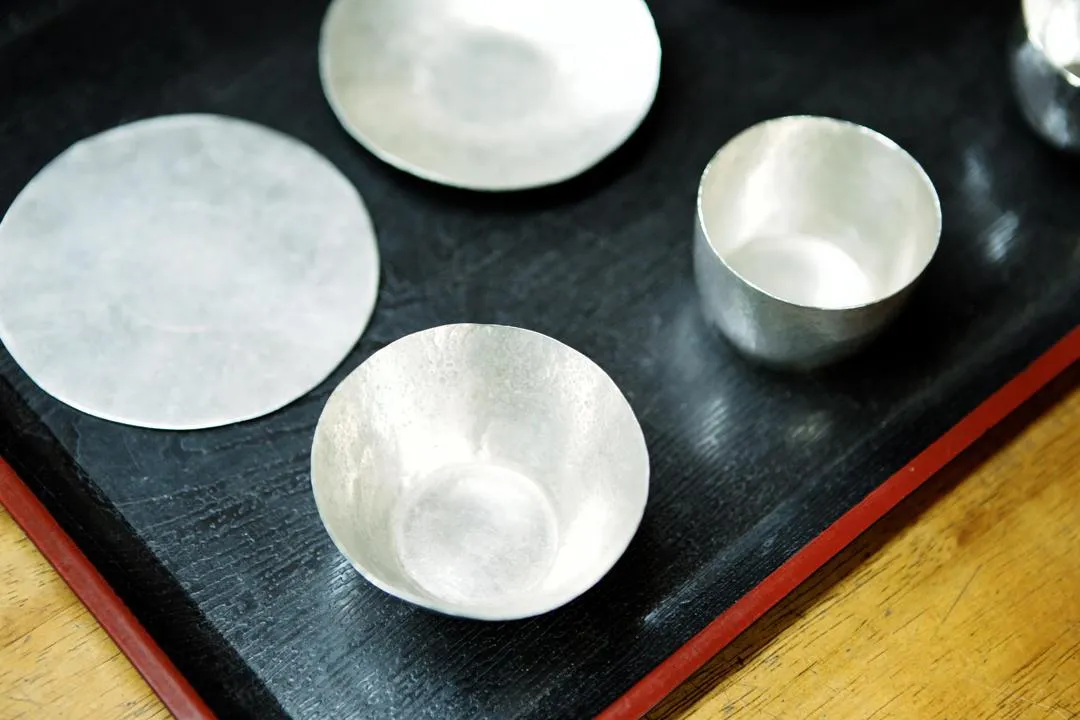
--It has been nearly 20 years since you relocated the studio from Higashi-Ueno to Misuji . What do you think is the character of this neighborhood?
SS: We are very closely attached to the local area. Everyone makes an effort to watch out for each other - for example, firefighting, and traffic safety. I think that the unique solidarity that everyone shows in this area is amazing. There is also a big festival culture and stylish places.
SH: The locals are elderly, so we are grateful when people who walk down the road look around carefully. Also, the place is narrow, and as a result of this the community is close too, that is another good thing about the Shitamachi downtown area in Tokyo.
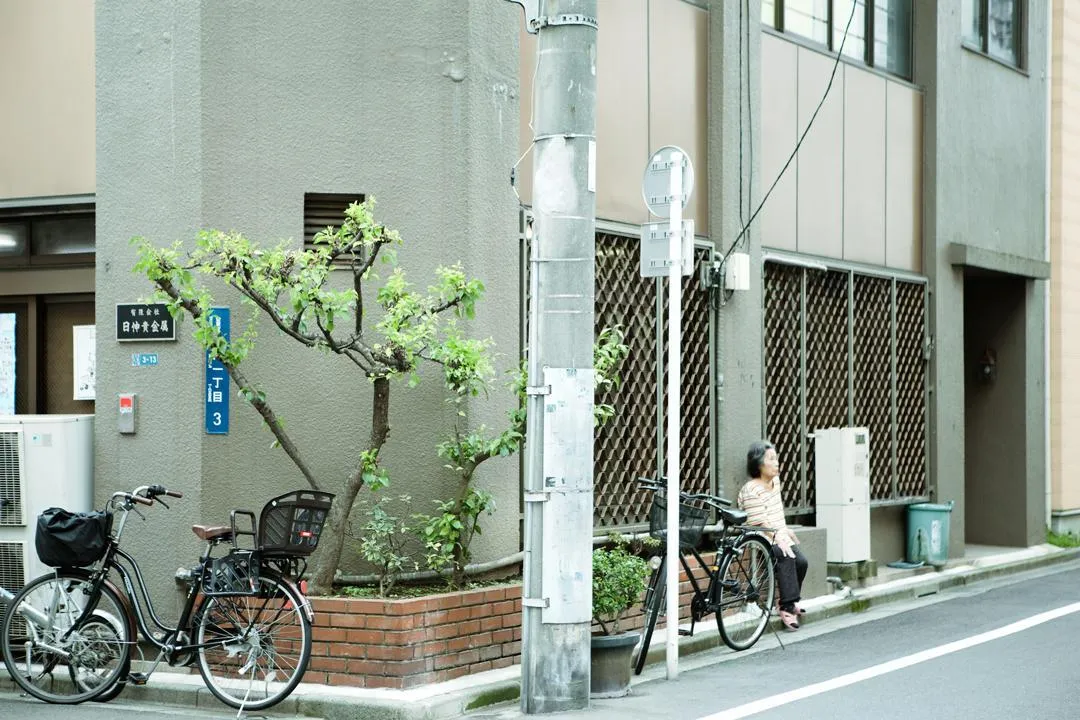
--Tell us about your outlook for the future.
SH: Even if my father came home late during my student days, I saw him tapping away while working without saying anything, I always thought to myself, "Ah, he is working so hard." Although I could not say it then, I was grateful. His turned back as he was working looked so cool. It made me also want to do that work too, so I resolved on my own that I would do it too.
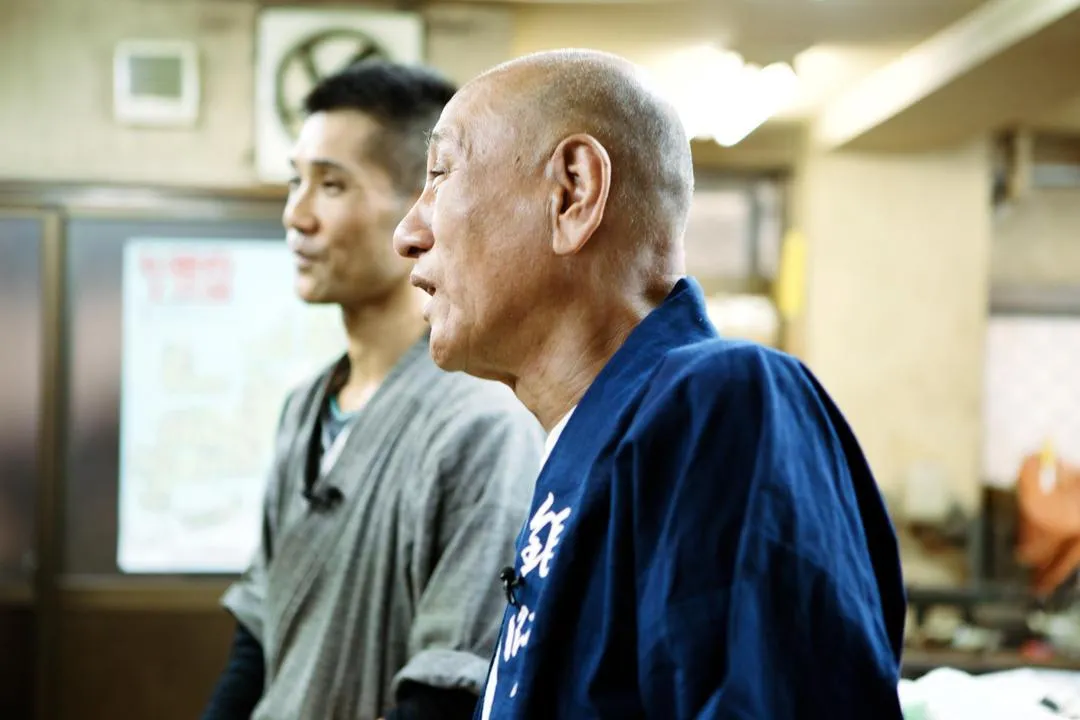
Profile
Nisshin Kikinzoku is a third-generation silversmith in Taito and has been around since 1964. It is a silverware workshop that centers its craft around continuing its tradition and tools. Here you can experience making silverware in a hands-on workshop led by the master himself Sousho Kamikawa, with his daughter and three sons.
www.nisshin-kikinzoku.com
Ito Bldg. 1F 1-3-13 Misuji, Taito Ward, Tokyo
18 minutes walk / 7 minutes bicycle ride from NOHGA HOTEL UENO
〉See on Google Map
Nomura Real Estate Development Group
TOKYO
Other prefecture

